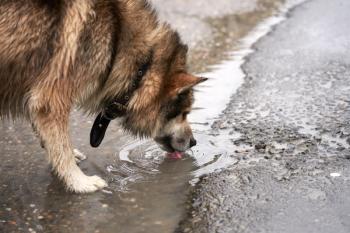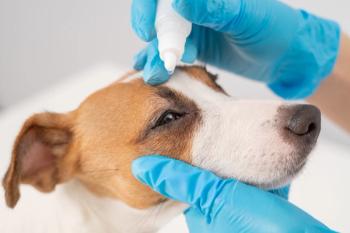
Oxygenation and ventilation considerations

Walter Brown, BS, RVTg, VTS (ECC), explains the difference between how to monitor for each
Veterinary technician content is sponsored by Elanco for the month of October.
In an interview with dvm360 at the Fetch Coastal conference in Atlantic City, New Jersey, Walter Brown, BS, RVTg, VTS (ECC), explained what to keep in mind when monitoring for oxygenation and ventilation in a critical care case.
The following is a partial transcript of the video.
Walter Brown, BS, RVTg, VTS (ECC): The things that we want to keep in mind with oxygenation and ventilation is how we monitor those, what they mean when we monitor them, and what situation we should monitor them in. So, when we talk about oxygenation, we talk more about the oxygen and our PAO2 and our arterial blood and kind of doing our ABGs.
Newsletter
From exam room tips to practice management insights, get trusted veterinary news delivered straight to your inbox—subscribe to dvm360.




